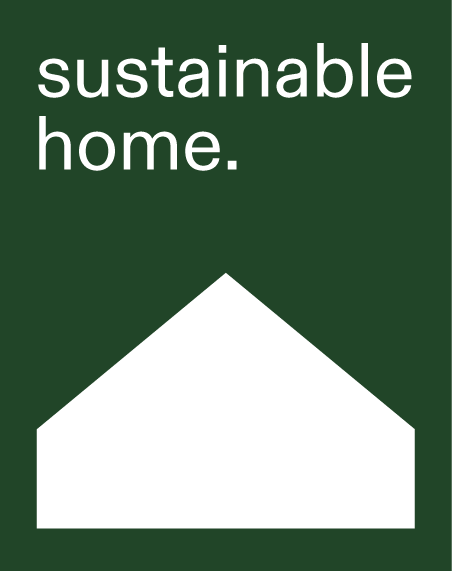Jane Kilpatrick, interior designer and co-founder of Pipkorn Kilpatrick, describes her Northcote family home upon purchasing as ‘fun, but a little overwhelming, and very dusty.’
1970s additions (metal exterior columns, two kitchens, patterned carpets, and clashing wallpaper in almost every room) had made the original Victorian architecture almost unrecognisable, and there was minimal access to the backyard.
Jane says the house felt ‘dreary and light deficient, not to mention wholly unsympathetic to the original Victorian home’, but there was potential in the generous proportions and period features.
She designed the renovation to address these problems, while keeping the footprint to a minimum, and encouraging her three active children outside at every opportunity.
An L-shaped extension added in the 1970s was removed in favour of a slightly larger addition, separated from the main house by two internal courtyards on either side of a new linkway, designed with the expertise of Anna Ancher of Ancher Architecture Office, who was responsible for the project’s architectural shell and detailing.
‘In the winter, they provide warmth and welcome direct light,’ says Jane of the courtyards. ‘Sitting on the living area bench seat with the windows open, you feel like you’re sitting in the garden, while the western courtyard beside the kitchen provides all our cooking herbs.’
Anna also positioned the dining zone on the western side to shield the house from excess summer heat and remove the need for eaves — which weren’t a part of the architectural vision.
Materials in the addition are earthy in tone, including full-height blackbutt windows and doors, exposed brick externally, bagged brick walls internally, concrete flooring, and a mix of blackbutt, messmate, and creamy off-white joinery. ‘We were keen to minimise materials, particularly by reducing the need for plasterboard and paint,’ says Jane. ‘They’re also intentionally robust, as this is the space that works the hardest.’
A new main bedroom and en suite zone sits on top of the living room and kitchen — set back from the protruding dining area as not to impose on the backyard.
The original rooms at the front of the home also underwent their own facelift. The first two were retained and restored, while those behind (facing the internal courtyards) were reduced in size to accommodate a central bathroom and laundry, illuminated by generous skylights.
With ever-changing light and seasonal garden changes, this house is always full of surprises. The renovation has rectified the formerly disconnected indoor and outdoor areas to create views from every room, and dramatically improve the home’s functionality. Jane adds, ‘You can even watch the moon from the shower in the downstairs bathroom!’





























































































